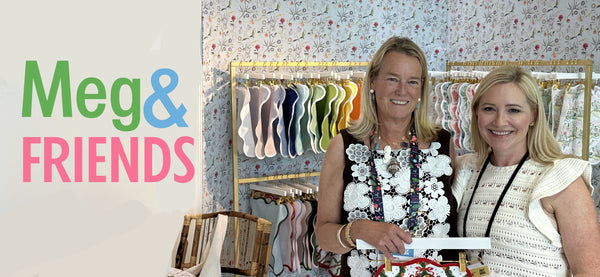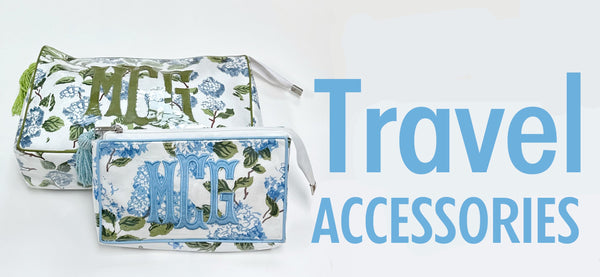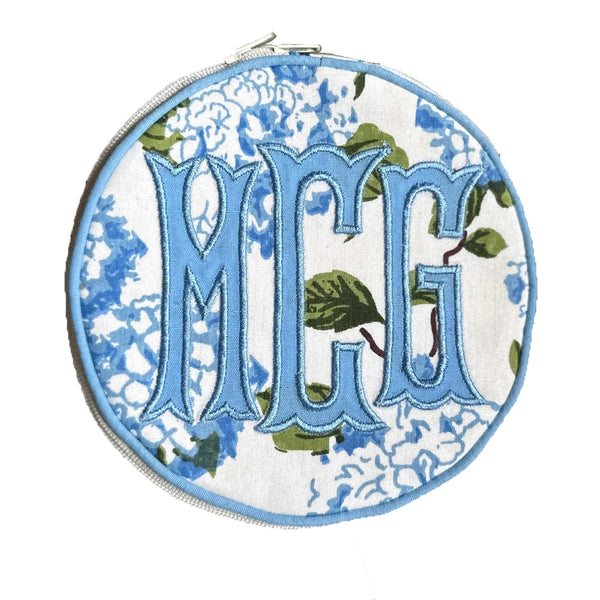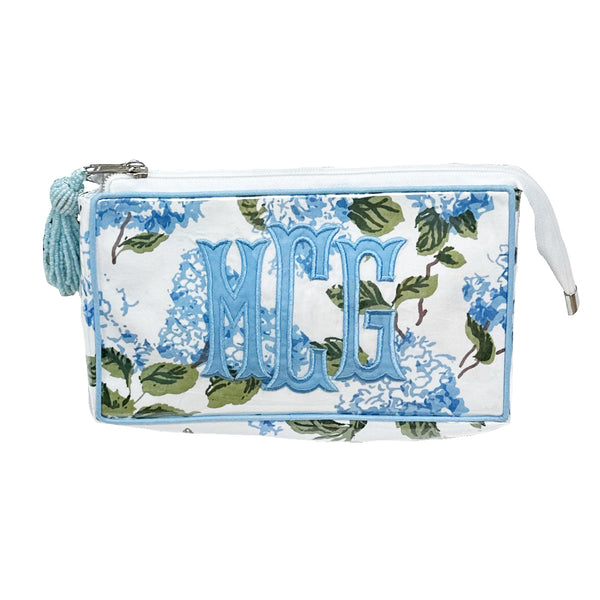Featured products

Jetties in in blue agate
$310.00
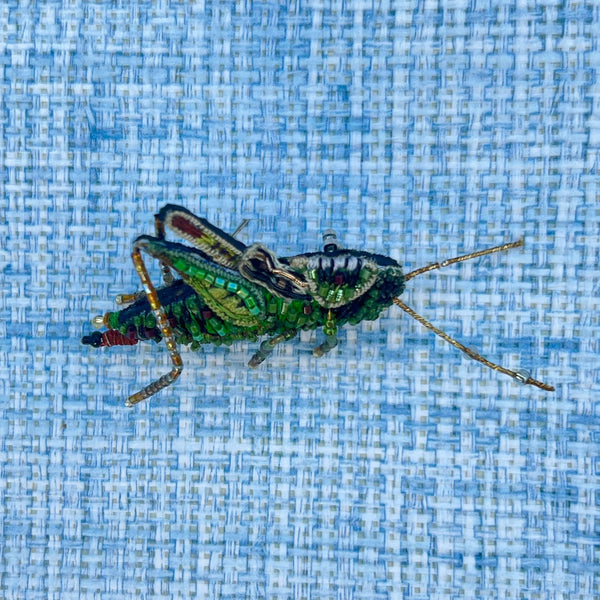
Cricket brooch
$83.00
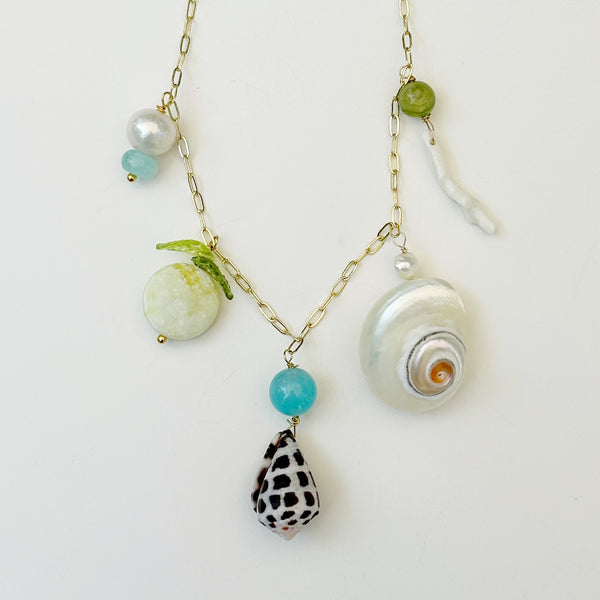
Dunmore petite in Lemon Twist
$245.00
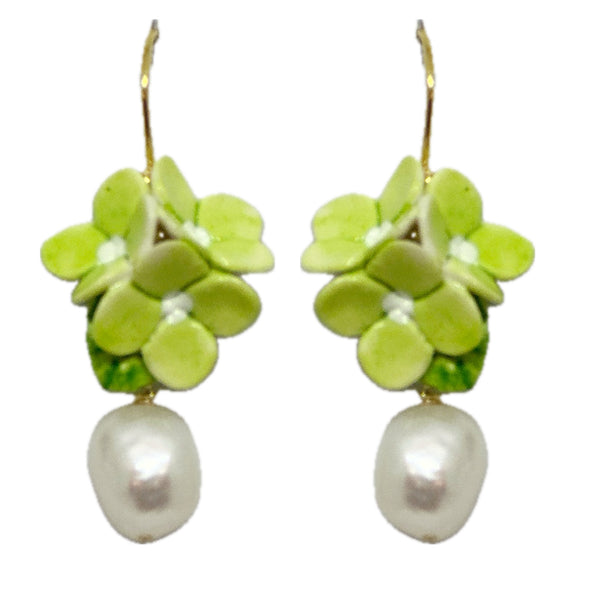
Hydrangea pearl drops in Limelight Green
from $145.00

Floradora drops
$110.00
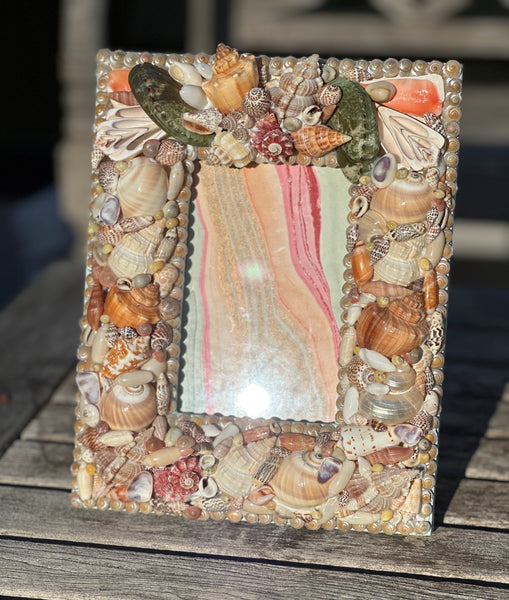
Handmade Shell Frame
$145.00
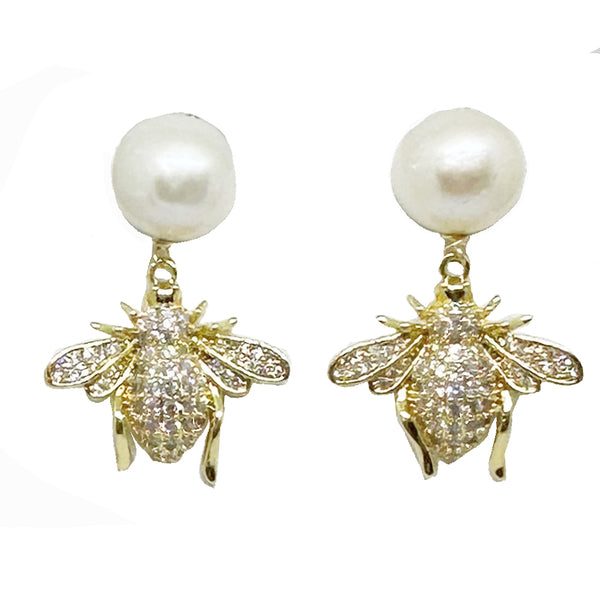
Bee drops
$110.00
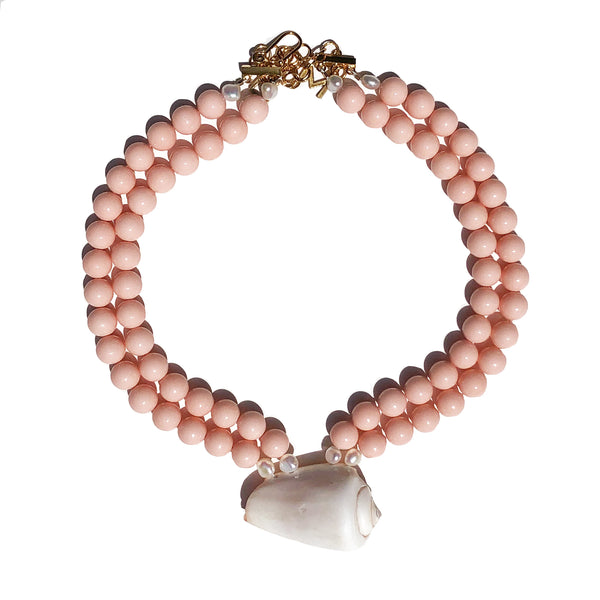
Watch Hill in blush pink
$280.00
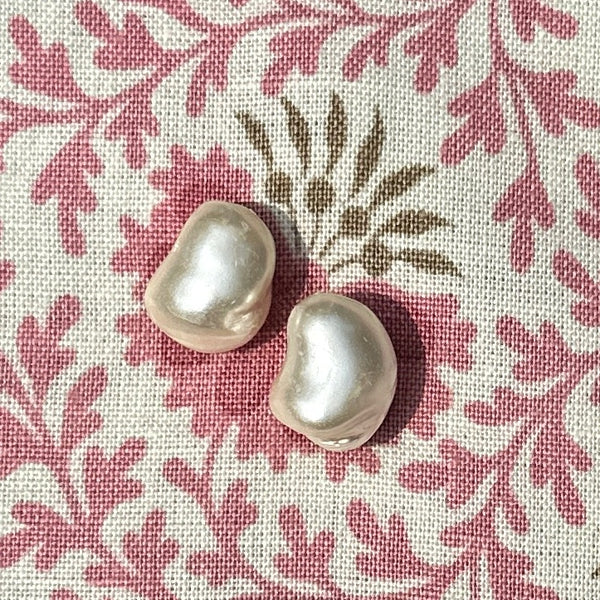
Very Big Pearl
$110.00
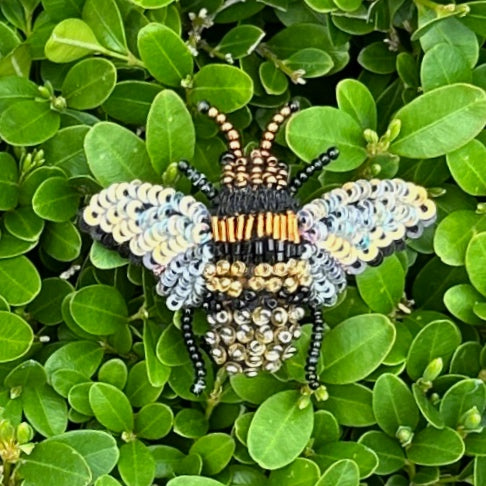
Honey Bee brooch
$72.00

Salcombe
$395.00
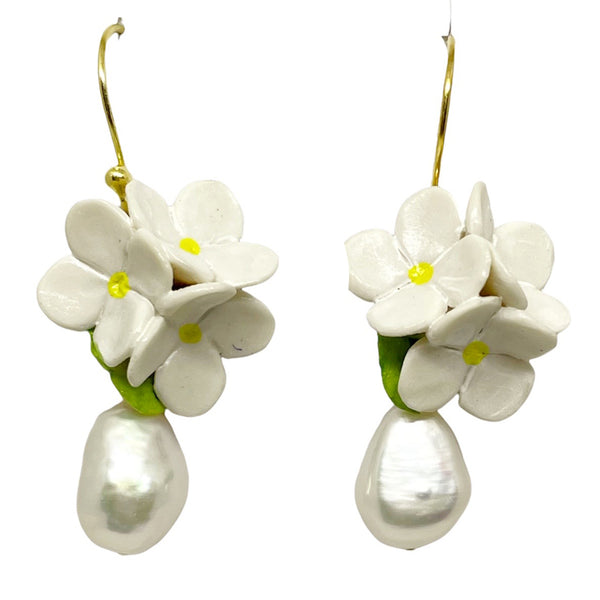
Hydrangea pearl drops in white
$145.00
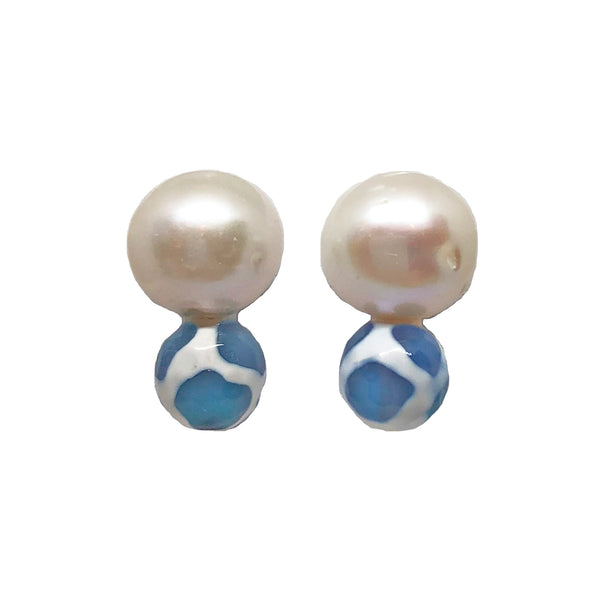
Big Pearl, little blue giraffe
$110.00
A Love Note from Meg
Garden Denizens 8/4/25

Or more specifically, birds, bees, butterflies & Bunny - with a dash of Oscar.
Lucky me spent this past Saturday at Bunny Mellon's Oak Spring Garden in Upperville, Virginia. I was there for an embroidery class, but also to drink in all the loveliness that exudes from every nook and cranny of this aesthete's oasis nestled in Virginia's Hunt Country. Mrs. Mellon was an accomplished and avid collector, and we were treated to a tour of her library, with a special focus on needlework-related books and objects. In all things Mrs. Mellon touched, she left beauty. And that's before we even begin to talk about her garden. READ MORE
Midsummer Nights 7/28/25

I am rather irked by the parade of brown prints and suede boots high-stepping their way into my Instagram feed this week. And so begins my annual lament: let the sultry magic of summer linger a bit longer.
Hellooooo. It's still July, people.
After all, the days are still long and the evenings still warm ... why break the enchantment?
Lounge in the sun with a good book.
Bite into a peach and let the juice drip down your chin.
Be still. Be here. In this one precious moment. READ MORE
On Creativity 7/21/25
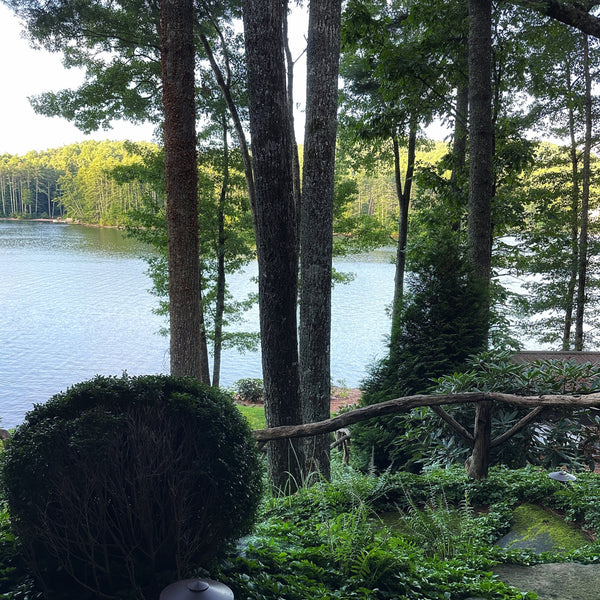
I am circling around a query that often arises when my brain feels stuck ... What drives creativity?
I design mostly through color and texture. So I'm always looking to nature of course, and to gardens naturally. I also lean into fine art and interior design, to inform my collection with juxtapositions of color and pattern which make my heart sing. Creativity - whether in writing, designing, or with a paintbrush - is almost like turning on a big engine. It can be hard to get it started, but once you get it to turn over, it hums along with ease. READ MORE





